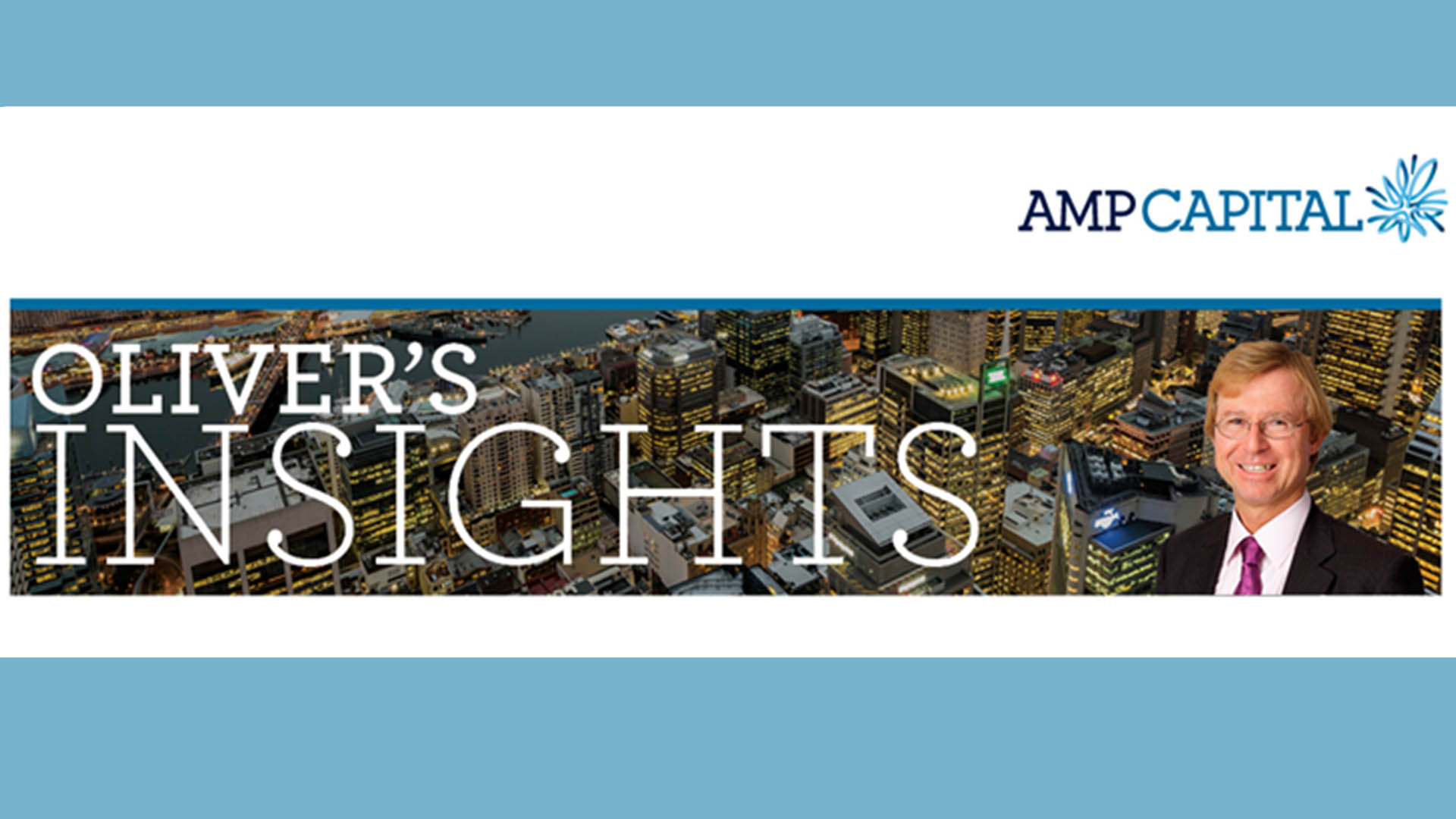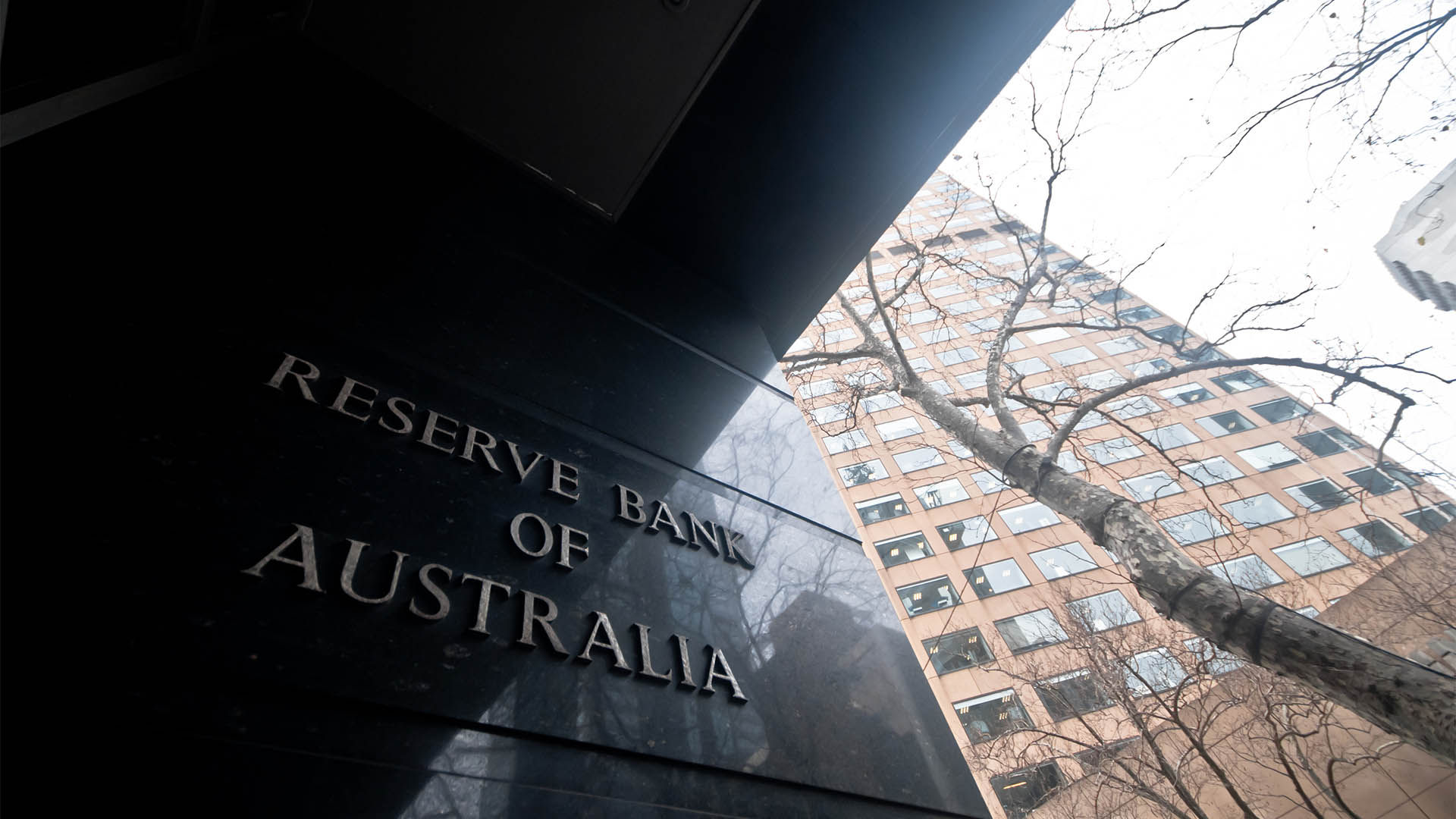The Reserve Bank is now closer to a rate cut at any time since the last round in mid-2016 – the last was August of that year to the current cash rate of 1.5%.
The minutes for the March meeting, released on Tuesday, reveals a significant shift in thinking at the central bank – the wait and hold stance for a possible rate increase has been well and truly overtaken by rising anxiety about new economic data and its messages, especially on jobs, retail sales, car sales, wages growth and consumer spending generally.
A change in the wording of the final paragraph of the minutes now sees the RBA closer to a possible rate cut in coming months than it has been since before the two rates cuts in May and August 2016 as the bank singles out the health of the labour market as a major area of concern.
The heightened anxiety of the central bank shows up in the March board meeting minutes with two new phrases emerging (as well as a prominent use of the bank’s favoured word of the past year, ’gradual’, again) which tells us that if anything, the bank is finding it much harder to get a handle on the economy.
“However, there continued to be considerable uncertainty around the outlook for consumption given the environment of declining housing prices in some cities, low growth in household income and high debt levels,” the summary of factors assessed by the board for the decision to leave the cash rate on hold at 1.50%.
That has been the line since the February meeting, the “Year Ahead” speech by Governor Phil Lowe and the monetary policy statement – all of which pushed aside the certainty at the end of 2018 about growth, wages, consumption and demand this year and replaced it with the “challenging” line, especially about consumption by households.
The minutes also revealed another area of uncertainty “However, members noted that significant uncertainties around the forecasts remained, with scenarios where an increase in the cash rate would be appropriate at some point and other scenarios where a decrease in the cash rate would be appropriate. The probabilities around these scenarios were more evenly balanced than they had been over the preceding year.”
Given all that uncertainty and challenge, it is therefore significant that the final paragraph of the minutes, which sums up the tone of the minutes and discussion at the meeting, saw a significant change with this added (in bold) compared to the February meeting.
“Members agreed to continue to assess the outlook carefully. Given that further progress in reducing unemployment and lifting inflation was a reasonable expectation, members agreed that there was not a strong case for a near-term adjustment in monetary policy. Rather, they assessed that it would be appropriate to hold the cash rate steady while new information became available that could help resolve the current tensions in the domestic economic data. Members judged that holding the stance of monetary policy unchanged at this meeting would enable the Bank to be a source of stability and confidence, and would be consistent with sustainable growth in the economy and achieving the inflation target over time.”
Thursday sees the most important ’new information released with the release of the Bureau of Statistic’s Labour Force report for February. The minutes said of labour market (in bold and not in the February board minutes):
“Looking forward, the central forecast scenario was still for growth in GDP of around 3 per cent over 2019 and a further decline in the unemployment rate to 4¾ per cent over the next couple of years. This further reduction in spare capacity underpinned the forecast of a gradual pick-up in wage pressures and inflation. Given this, members agreed that developments in the labour market were particularly important.”
Some economists say the health of the labour market is the only ‘new information’ that matters for the RBA given the inclusion of that sentence in the minutes. So today’s report assumes greater importance.
Some forecasts see the loss of 5,000 jobs, some see a rise in the same number and the jobless rate around 5% to 5.1%. But the most important figure will be the rate of growth in new job creation (2.4% in the year to January) against a 20 year average of 2%.
Should the current growth slow noticeably, a rate rise will be on the cards, even if there is an election campaign (The next RBA meeting is on budget day, April 2).













